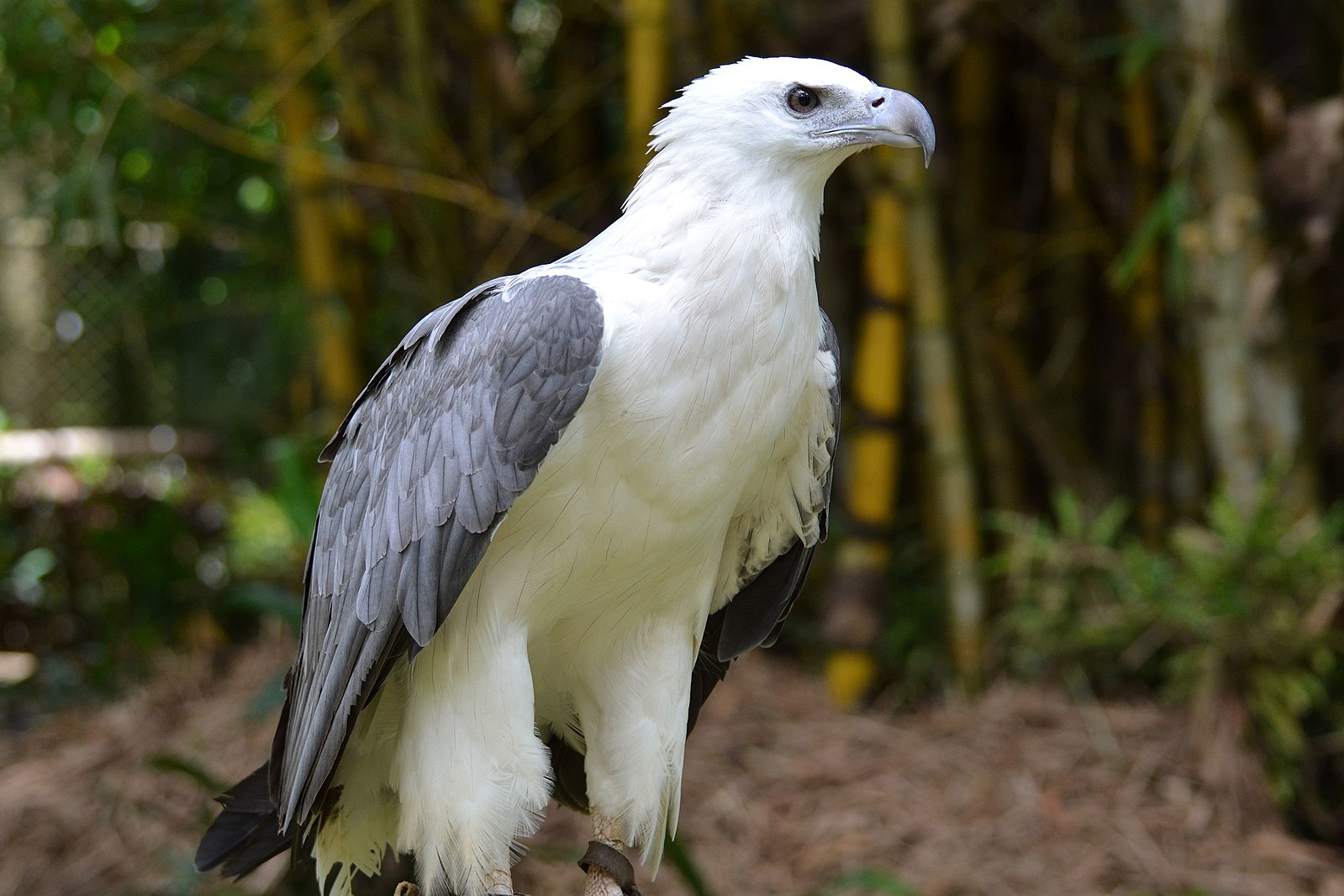The White-Bellied Sea Eagle (Haliaeetus leucogaster) is a large diurnal bird of prey that is widely distributed across southeast Asia, including southern China, India, Sri Lanka, Bangladesh, Burma, Thailand, Malaysia, Indonesia, Indochina, the Philippines, New Guinea, the Bismarck Archipelago, and Australia. These eagles are found mainly in coastal areas, islands, and estuaries, but also in large inland water bodies, lakes, rivers, and wetlands.
Coastal and Estuarine Habitats
The White-Bellied Sea Eagle is primarily found in coastal and estuarine habitats. These areas provide the eagles with a plentiful supply of their primary food source – fish. The eagles often perch on tall trees, cliffs, or man-made structures overlooking the water, allowing them to spot their prey from a distance.
Inland Waterways and Wetlands
 Image source: bellied sea eagle by shankar s
Image source: bellied sea eagle by shankar s
While the White-Bellied Sea Eagle is predominantly a coastal species, they can also be found in large inland water bodies, lakes, rivers, and wetlands. These areas provide the eagles with a diverse range of prey, including fish, waterbirds, and water snakes.
Elevation and Habitat Range
These eagles are generally found at elevations around 900 m, with the highest elevation recorded at 1,700 m. In Australia, they are found along the coasts and beside lowland rivers and lakes, while in the northern Solomons, they are restricted to Nissan Island.
Nesting Habitat
The White-Bellied Sea Eagle builds large, deep bowl-shaped nests in the forks of large trees overlooking bodies of water. Cliffs are also suitable nesting sites, and on islands, nests are sometimes built directly on the ground.
Territorial Behavior
White-Bellied Sea Eagles are territorial, with some birds forming permanent pairs that inhabit territories throughout the year, while others are nomadic. Immature birds are generally dispersive, with many moving over 50 km (31 mi) away from the area they were raised.
Threats to Habitat
Although not threatened globally, White-Bellied Sea Eagles have declined in parts of southeast Asia such as Thailand, and southeastern Australia. The main threats to their habitat include human disturbance, loss of suitable nesting trees, and environmental pollution in estuaries and other wetland areas.
In conclusion, the White-Bellied Sea Eagle is a versatile bird of prey that can thrive in a variety of coastal, estuarine, and inland water habitats. However, their populations are threatened by human activities that degrade or destroy their preferred nesting and foraging areas.
References:
– White-bellied Sea-Eagle | BIRDS in BACKYARDS. (n.d.). Retrieved April 20, 2024, from https://www.birdsinbackyards.net/species/Haliaeetus-leucogaster
– White-bellied Sea-Eagle – Department for Environment and Water. (n.d.). Retrieved April 20, 2024, from https://cdn.environment.sa.gov.au/landscape/docs/hf/white-bellied-sea-eagle-bio-region-fact.pdf
– White-Bellied Sea Eagle – Facts, Diet, Habitat & Pictures on Animalia.bio. (n.d.). Retrieved April 20, 2024, from https://animalia.bio/white-bellied-sea-eagle
– Haliaeetus leucogaster – Animal Diversity Web. (n.d.). Retrieved April 20, 2024, from https://animaldiversity.org/accounts/Haliaeetus_leucogaster/
– White-bellied sea eagle – Wikipedia. (n.d.). Retrieved April 20, 2024, from https://en.wikipedia.org/wiki/White-bellied_sea_eagle

